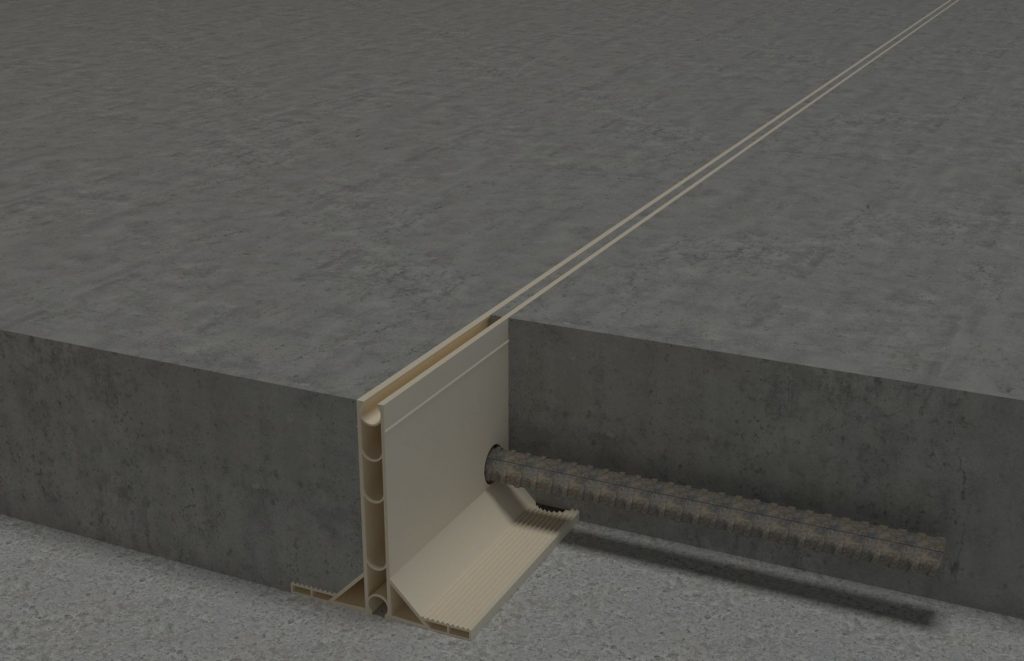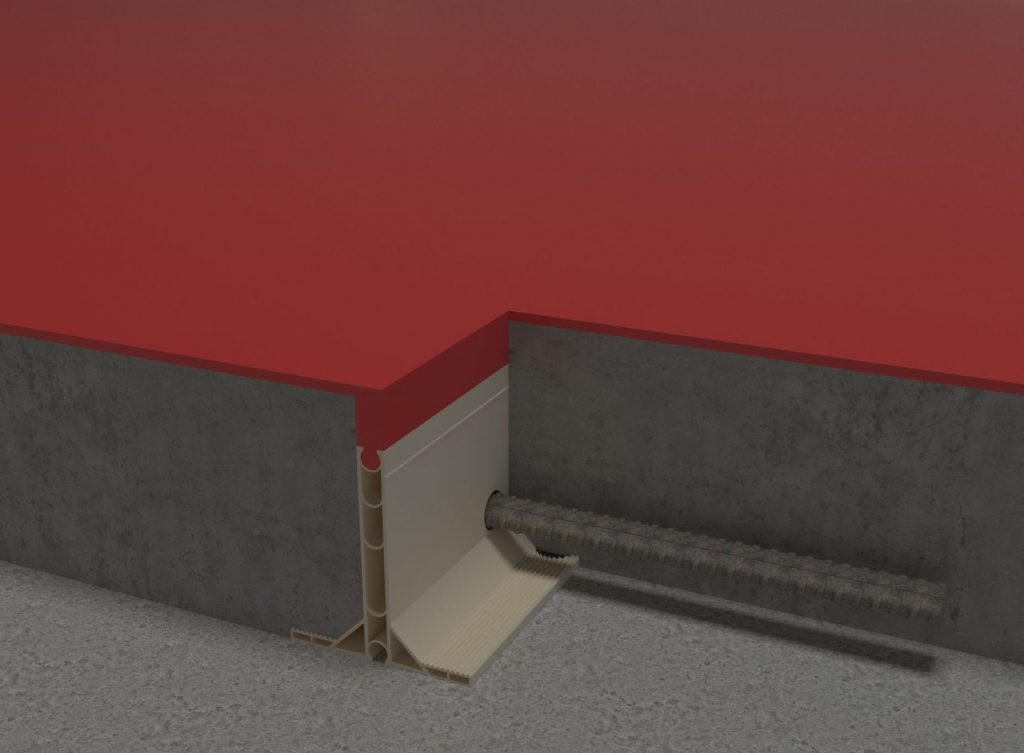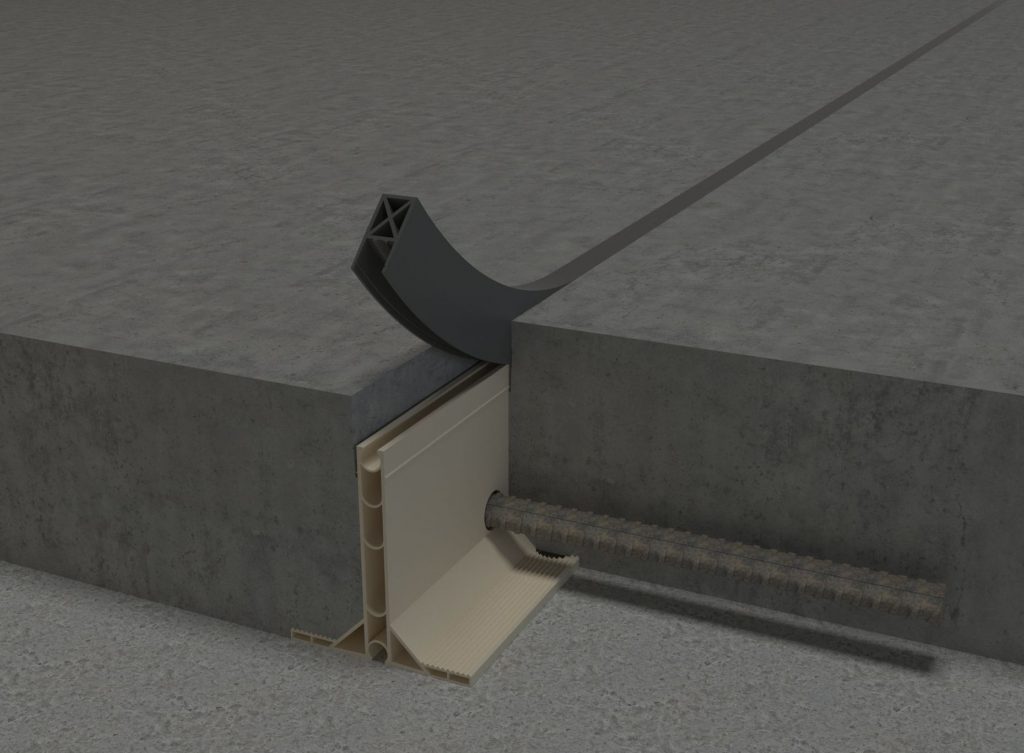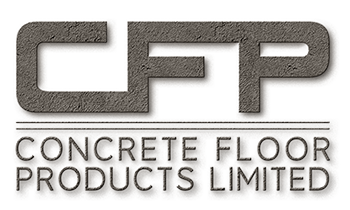To Form “Restricted” Movement Joints with Tec-Form
Suggested uses for Tec-Form with “Restricted” movement joint, i.e. the opposing screeds or slabs are fixed in position relative to each other, with the use of “Tie Bars”, usually made from deformed steel re-bar:

For a basic screed or slab with restricted movement joint, with a direct finish for floor coverings to be applied – no aesthetic to joint required.
The base rail can be used, with no top cap or compressible inserts. The top rebate will be filled with screed material, thereby supporting the joint arrises and levelling the surface, ready for the chosen covering to be applied.

For screeds or slabs with restricted movement joints, with a direct finish, to which a resin or cementitious coating or resin top screed is to be applied.
The base rail can be used, with either a top cap (re-useable) or compressible insert, which can be removed after installation. The resulting rebate formed will be filled with the coating/screed material, supporting the joint arrises and acting as an “Anchor” for the coating/screed.

For a basic screed or slab with restricted movement joint, where the joint has to be filled for aesthetic or hygienic requirements.
The base rail can be used, with a top cap (re-useable) or compressible inserts, which can be removed after installation if required. The resulting rebate formed can be filled a proprietary joint filler as required, alternatively the top cap can be left in place.

For a basic screed or slab with restricted movement joint, where the joint has to be deep filled for safety or hygienic requirements.
The base rail can be used, with a top extender strip (re-useable), which can be removed after installation if required. The resulting 25mm deep rebate formed, can be filled with a proprietary joint filler as required.

For a basic screed or slab with restricted movement joint, where the base rail has to be extended to suit a specific depth.
The base rail can be used, and extended in height with a push on Top Extender (25mm), as shown previously, this extender can be removed after installation if required, or simply left in situ.
